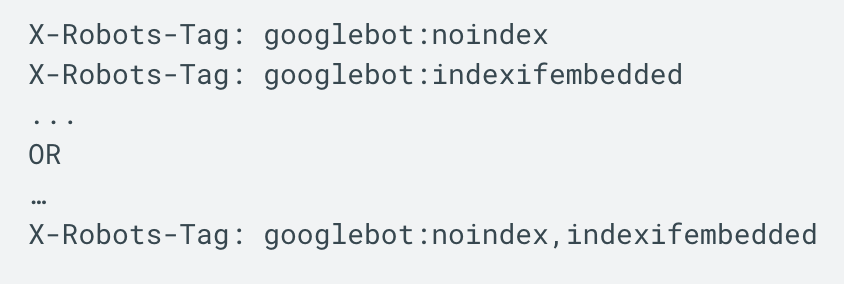
A new robots tag, called indexifembedded, lets websites give Google more direction over which content to index in search results.
With this tag you can tell Google to only index content on a page if it’s embedded through iframes and similar HTML tags.
The indexifembedded tag overrides the noindex tag.
That means you can use noindex to keep a whole URL out of search results, and apply the indexifembedded tag to make a specific piece of content indexable when it’s embedded on another webpage.
Google says it created this tag to fix an issue affecting media publishers:
“… while they may want their content indexed when it’s embedded on third-party pages, they don’t necessarily want their media pages indexed on their own.”
When To Use The Indexifembedded Tag
This new robots tag is not something that applies to a lot of publishers, as it’s intended for content that has a separate URL for embedding purposes.
For example, a publisher of a podcast may have webpages dedicated to each podcast episode, which each have their own URLs.
Then there would be URLs pointing directly to the media, which other sites can use to embed the podcast on one of their pages.


